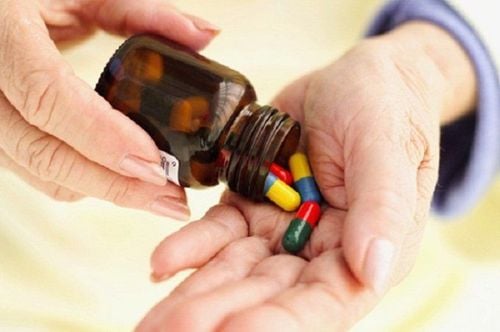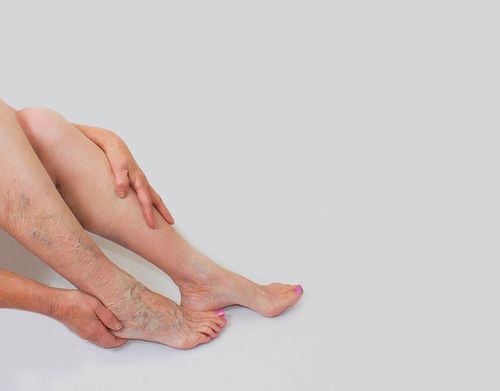This is an automatically translated article.
Poor circulation is not usually spontaneous. Instead, it is the result of some health problem that the body is having. Therefore, the most important thing in the case of poor circulation is to treat the causes of it rather than just treating the symptoms of poor circulation. This article will provide information on the symptoms and causes of poor blood circulation.
1. What is poor blood circulation?
The circulatory system is a system that is responsible for transporting blood, oxygen and nutrients to all tissues and organs throughout the body. When blood flow to a tissue or organ is reduced, it is called poor circulation. Poor circulation is common in the legs and arms.
Common causes of poor blood circulation are overweight, obesity, diabetes, cardiovascular diseases, especially problems with the arterial system in the body.
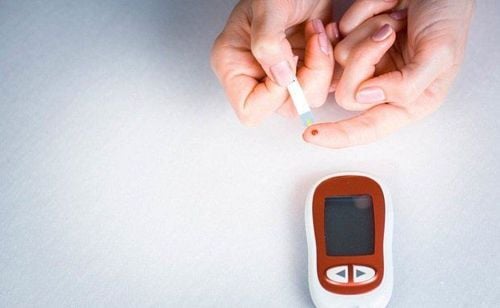
Bệnh nhân đái tháo đường thường xuất hiện tình trạng lưu thông máu kém
2. Symptoms of poor blood circulation
Symptoms of poor circulation are often not obvious. However, even so, poor blood circulation is still one of the dangerous conditions for the body. The most common symptoms of poor circulation are:
Numbness and tingling in the extremities : This is the most common symptom of poor circulation. In many cases, the patient may even feel a sharp pain in the extremities like a needle. Cold hands and feet: Reduced blood flow makes hands and feet feel colder than other parts of the body because the blood also regulates body temperature. The hypothermic areas will drop rapidly. Swollen feet: Poor blood circulation causes fluid to accumulate in certain parts of the body causing swelling especially in the feet or ankles. Edema can also be a sign of heart failure when the heart can't supply enough blood to the body's tissues and organs. Symptoms of edema include: - Feeling of heaviness and swelling in the area of swelling
- Tight, hot skin
- Stiffness in joints
- Pain in the area of swelling
Cognitive disturbances : Poor circulation can lead to decreased blood flow to the brain, affecting brain activity, leading to difficulty concentrating and even memory impairment.
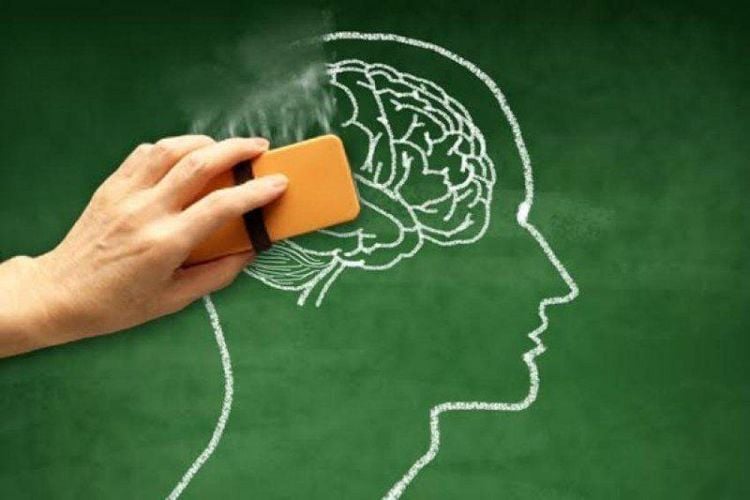
Bệnh nhân có lưu lượng máu kém thường bị suy giảm trí nhớ
Digestive problems: The digestive process also depends a lot on blood flow and when blood circulation is reduced it leads to accumulation of fat in the lining of blood vessels in the abdomen. Digestive problems associated with reduced blood flow include: - Abdominal pain
- Diarrhea
- Blood in the stool
- Constipation
Fatigue : Poor blood flow causes the heart to work harder to get it to work. can supply enough blood to the organs in the body thus leading to fatigue. Joint pain and cramps: Poor circulation in the arms and legs can cause the joints in these organs to ache. The condition will be more serious if the patient has to stand or sit in one place for too long. In addition, when blood circulation is reduced, oxygen and nutrients are not supplied to the tissues, thereby leading to muscle spasms and cramps. Blue, pale skin: When blood flow is not guaranteed, your skin may become pale and pale, similar to symptoms of anemia.
3. Causes of poor blood circulation
There are many causes of poor blood circulation, stemming from the arterial and venous system or various medical conditions of the body. Some specific causes of poor circulation include:
Peripheral artery disease: Peripheral or peripheral arterial disease (PAD) can lead to decreased blood flow to the legs. Peripheral artery disease is a circulatory condition that causes narrowing of blood vessels and arteries. A common type of peripheral artery disease is atherosclerosis, which is a condition in which the arteries harden and harden due to the accumulation of plaque in the blood vessels. Both of these conditions reduce blood flow to the extremities, especially the legs, causing numbness or pain. Over time, if left untreated, decreased blood flow to the extremities can cause a number of symptoms such as:
- Numbness in the limbs
- Tingling
- Damage to peripheral nerves
- Damage to the limbs tissue
If not detected in time, the plaque in the carotid artery can lead to stroke because the carotid artery is the main blood vessel that supplies blood, oxygen and nutrients to brain cells. If the accumulation of plaque occurs in the heart's arteries, there is a risk of heart attack or myocardial infarction.
PAD is most common in people over 50 years old, but now this pathology is tending to be younger. Heavy smokers are also at increased risk of early PAD.
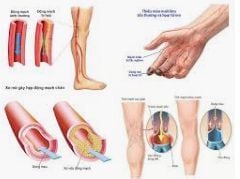
Lưu thông máu kém có thể là một trong nhiều dấu hiệu của bệnh động mạch ngoại vi
Presence of blood clots : Blood clots form in the blood vessels that partially or completely block the flow of blood. They can appear almost anywhere in the body, but when blood clots are discovered in the arms or legs, it can be a sign of problems related to the circulatory system. Blood clots can develop for a variety of reasons and can be dangerous to health. If a blood clot in the leg breaks off, it can travel through the veins to other parts of the body including the heart and lungs. It also increases the risk of stroke, heart attack, and even death. If detected early, blood clots can often be treated successfully.
Varicose veins: Varicose veins are enlarged veins due to a disorder of the venous valves. The veins are prominent in the skin, intertwined, and are often found on the back of the lower extremities. Damaged veins are not able to circulate blood as well as normal veins. In addition, varicose veins can also cause blood clots to form. Varicose veins are usually determined by genetic factors. If someone in your family has varicose veins, you are at a higher risk of developing varicose veins as well. In addition, varicose veins occur more in women than in men and often appear in overweight and obese people.
Diabetes : Many people think that diabetes only affects blood sugar levels but this can also be the cause of decreased blood circulation in certain organs in the body including including calves, thighs or buttocks. It can be difficult for people with advanced diabetes to detect signs of poor circulation because too high blood sugar damages sensory nerves in the extremities. Diabetes can also cause problems with the heart and blood vessels. People with diabetes have a much higher risk of atherosclerosis, high blood pressure, and heart disease than the general population.
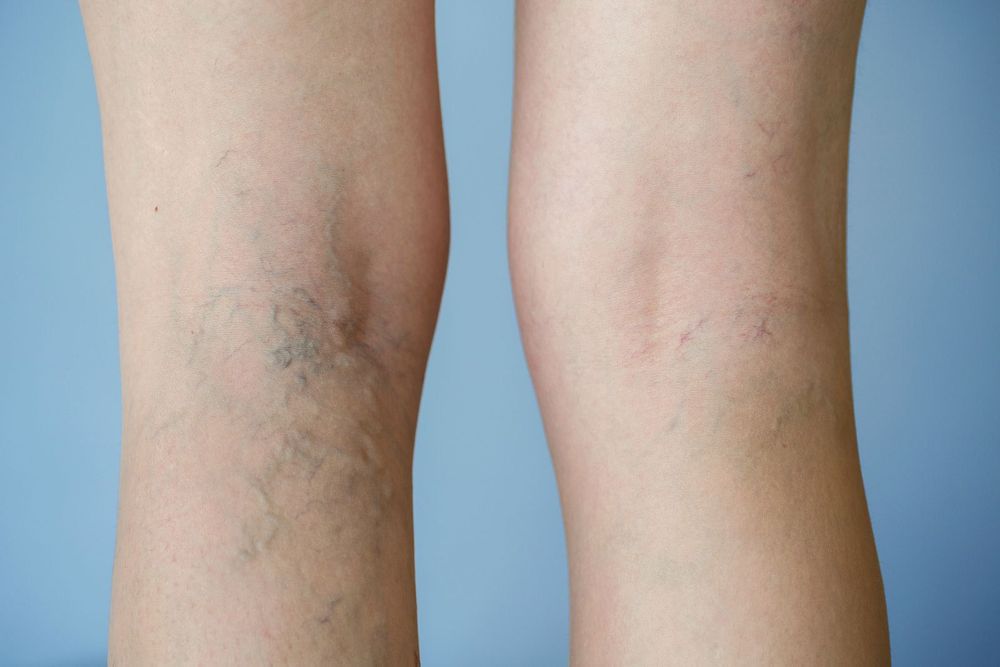
Giãn tĩnh mạch là nguyên nhân dẫn đến tình trạng giảm lưu thông máu
Overweight and obesity: Being overweight or obese brings many bad effects to the health of the body. Overweight and obese people often experience reduced blood circulation, so they have to stand or sit for hours. Overweight and obesity can also be the cause of many other diseases that can affect blood circulation such as varicose veins, atherosclerosis, heart disease...
Raynaud's syndrome : Raynaud's syndrome is a medical condition that occurs due to constriction of peripheral blood vessels when exposed to cold or stress, reducing the flow of blood, oxygen and nutrients to organs and cells. Raynaud's syndrome usually occurs in the toes or fingers, but in some cases people also see Raynaud's syndrome in the lips, nose, nipples and ears.... Women and people living in Australia Areas with year-round cold climates have a higher risk of Raynaud's syndrome.
Poor blood circulation is a dangerous condition. You should seek medical attention in case of any symptoms of poor blood circulation.
Untreated poor blood circulation can lead to serious life-threatening complications such as atherosclerosis or the appearance of blood clots. When caught early, the causes of poor circulation can often be treated.
Please dial HOTLINE for more information or register for an appointment HERE. Download MyVinmec app to make appointments faster and to manage your bookings easily.
Articles refer to sources: healthline.com, medicalnewstoday.com







